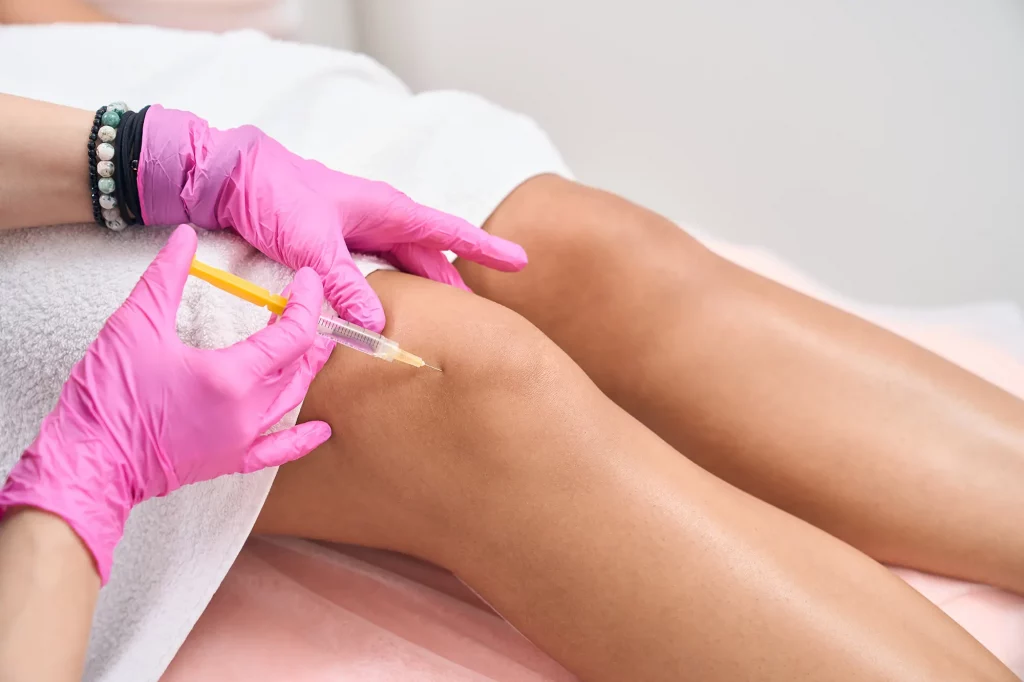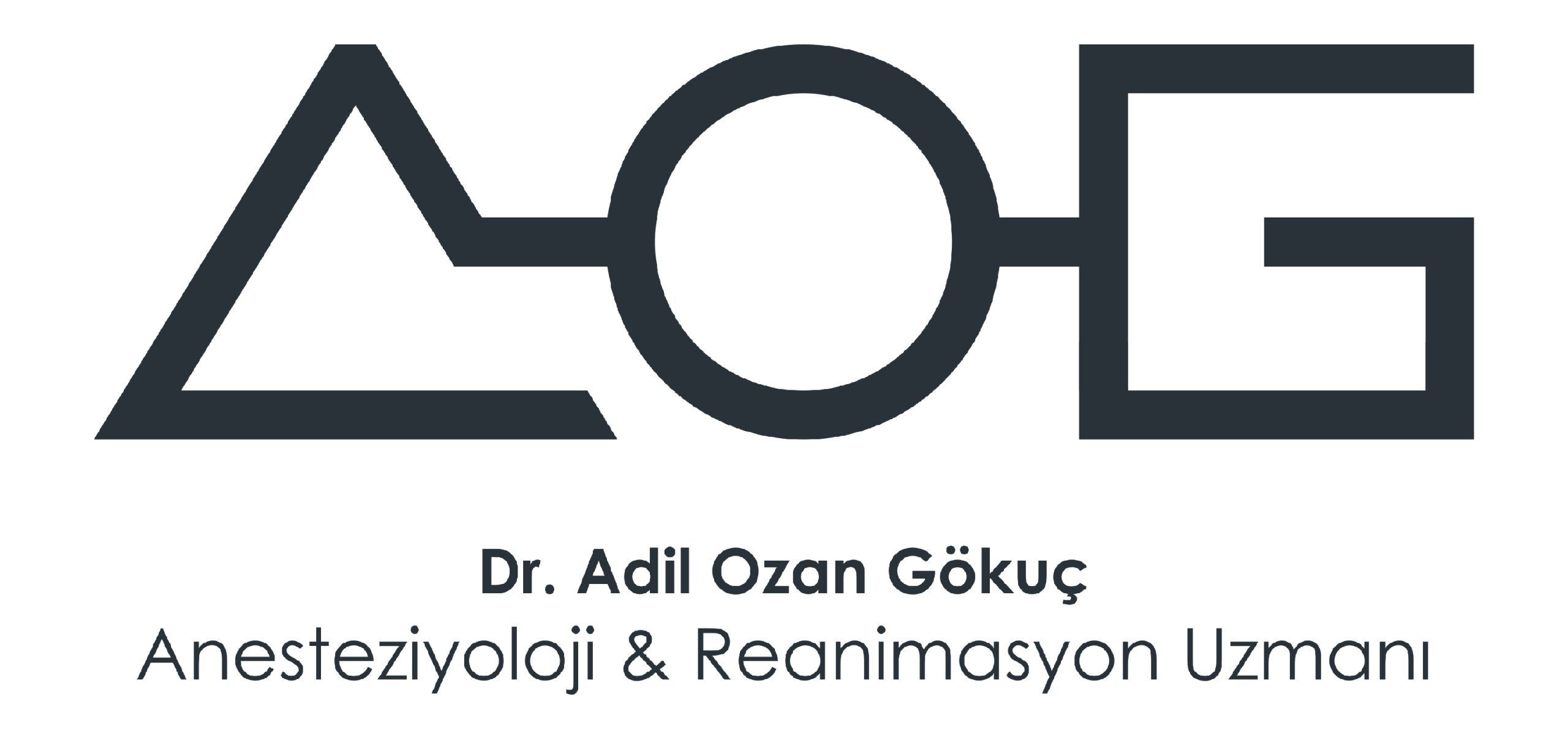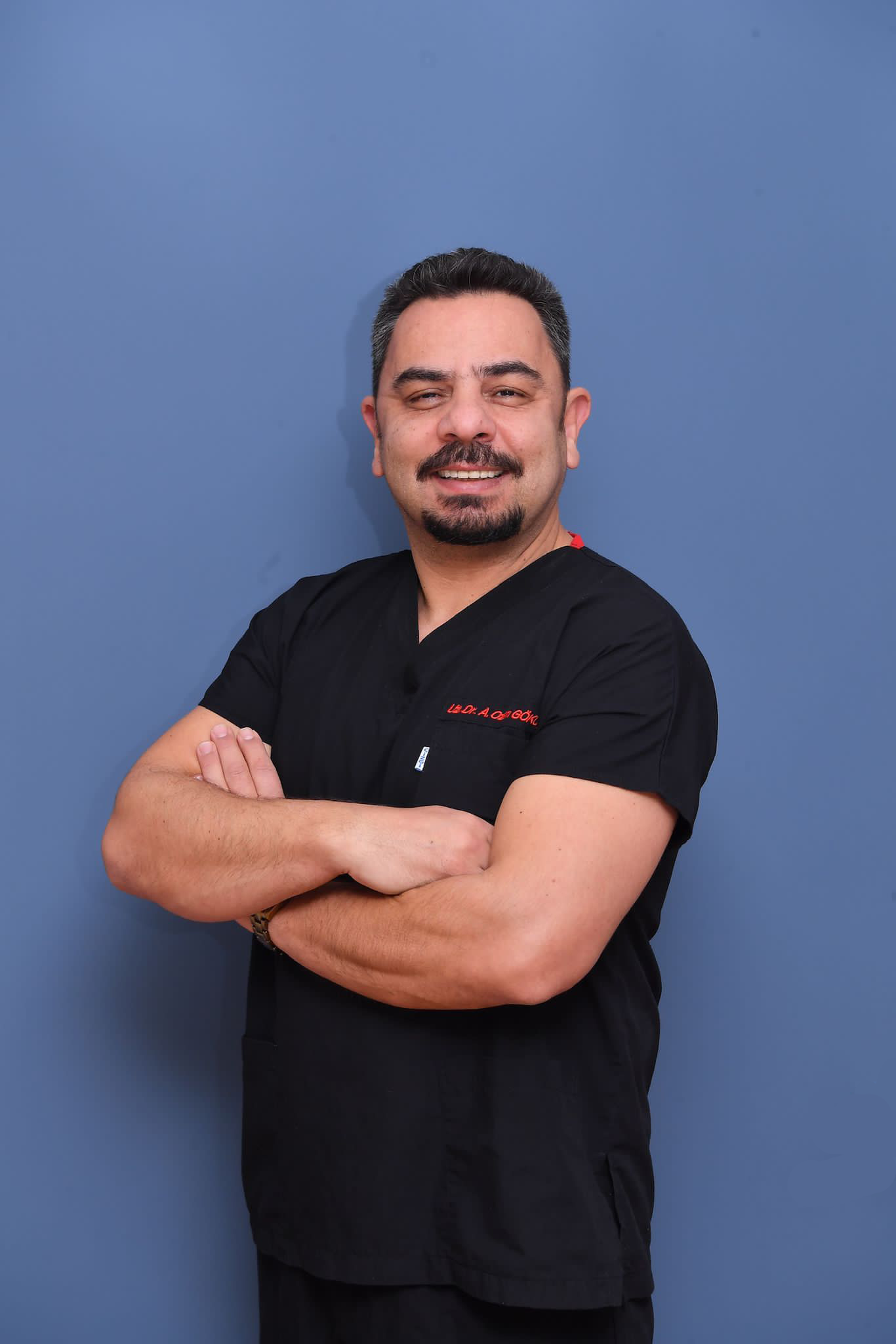Prolotherapy is an injection technique that allows various regenerative, proliferative or irritant solutions to be injected into the joint or into the tendon adhesion areas around the joint for treatment of musculoskeletal system injuries, joint wear, muscle pain, joint and ligament laxity. It is not a surgical treatment. It is also known as regenerative joint injection or non-surgical ligament and tendon reconstruction.
How Does Prolotherapy Work?
The healing process of injured, damaged tissues, whether acute or chronic, involves the formation of inflammation. There must be inflammation in a newly formed injury so that our body can repair itself.
However, in chronic diseases, inflammation can become permanent and reach a destructive point. The aim of prolotherapy is to initiate a controlled, limited inflammation and healing process in the damaged tissue.
With this injection, a germ-free inflammatory process is initiated in the body and the beginning of the body’s natural healing and regeneration process is triggered. In other words, a controlled injury is created in that area. During the healing of this injury, current or chronic problems in that area are repaired.
The most commonly used proliferative agent today is dextrose. Apart from dextrose, proliferating substances such as PRP, stem cells, medical ozone and glycerin can also be used. When these substances are injected, they initiate the body’s self-healing response.
While glucose inhibits pain transmission at the cellular level at low concentrations, it has a proliferative effect at high concentrations. When administered into the joint, it has a renewal effect on cartilage cells.
It is used to treat joints and tendons. The areas where it is most frequently used are waist, neck, back, knee, hip, shoulder, elbow, wrist and ankle joints and ligaments.
First, Dr. It was applied by George Stuart Hackett in the 1930s. Dr. Hackett published a book on this subject in 1956. Many prolotherapists still benefit from this book today.
Who Can Use Prolotherapy?
Knee diseases: arthritis in the knee, ligament tears, meniscus tears, chondromalacia, tendon strains, muscle strains, etc.
Neck area diseases: headaches, neck herniation (cervical disc herniation), facet syndrome, arthrosis/calcification, etc.
Pain in jaw joint
Hernia in the back area, facet syndrome, painful rib syndrome
Disc diseases in the lumbar region, instability, calcification, postoperative pain, iliolumbar syndrome, etc.
Sacroiliac joint instability and pain
Ligament tears/damage in the shoulder, shoulder dislocations, shoulder impingement syndrome, Rotatur cuff injuries, shoulder joint calcification, shoulder capsule injury and rupture
Elbow pain, arthritis, tennis elbow, golfer’s elbow, ligament and tendon tears
Wrist and home pain, arthritis, nerve compression, Carpal tunnel syndrome, Ligament tears
Hip area pain, pain originating from the muscles and tendons of the hip, arthritis in the hip
Ankle and foot pain, post-sprain injuries, Achilles tendonitis, heel spur, foot bone and ligament damage
Who Should Not Have Prolotherapy?
Infection in the area to be injected
Bleeding tendency, use of blood thinners
Allergic reaction to the materials to be used in injection
Having a systemic infection in the body
Suspicion of cancer spread at the injection site
Acute period of inflammatory rheumatic diseases other than calcification
Severe infection in the joint, septic arthritis
Acute period of fracture
Untreated dislocations
Patient with complaints such as progressive neurological deficit and urinary incontinence
Compliance with treatment, i.e. patient
Patient who needs long-term narcotic painkillers during treatment
Epileptic patient whose adequate control cannot be achieved despite treatment
What are the Side Effects and Complications in Prolotherapy?
Pain, bleeding, ecchymosis and hematoma formation at the injection site
Increase in the patient’s existing pain
Flu-like complaints
Infection, abscess formation in the injection area (in 1/1000 and 1/10000 procedures)
Stiffness after injection
allergic reactions
Fainting, low blood pressure
swelling in the joint
Hardness and swelling under the skin
Rupture/injury in tendons and ligaments
Nerve damage and related complications
Intravenous injections
pneumothorax
headaches
How Many Treatment Sessions Are Required in Prolotherapy and What Are the Session Intervals?
Generally, six sessions are performed. The ideal session interval is 3 weeks, but more frequent and longer intervals can be applied. The number and frequency of sessions can be planned from patient to patient.
What should be expected from the effectiveness of Prolotherapy?
With the treatment, it is expected that our patients will improve functionally, that is, they will be able to perform tasks that they could not do before, and their pain will decrease. Strengthening the ligaments and tendons in that area, making the muscles stronger, reducing pain, stiffness and stiffness determine the effectiveness of the treatment.
1-1 days after the treatment session of the patient who received prolotherapy





